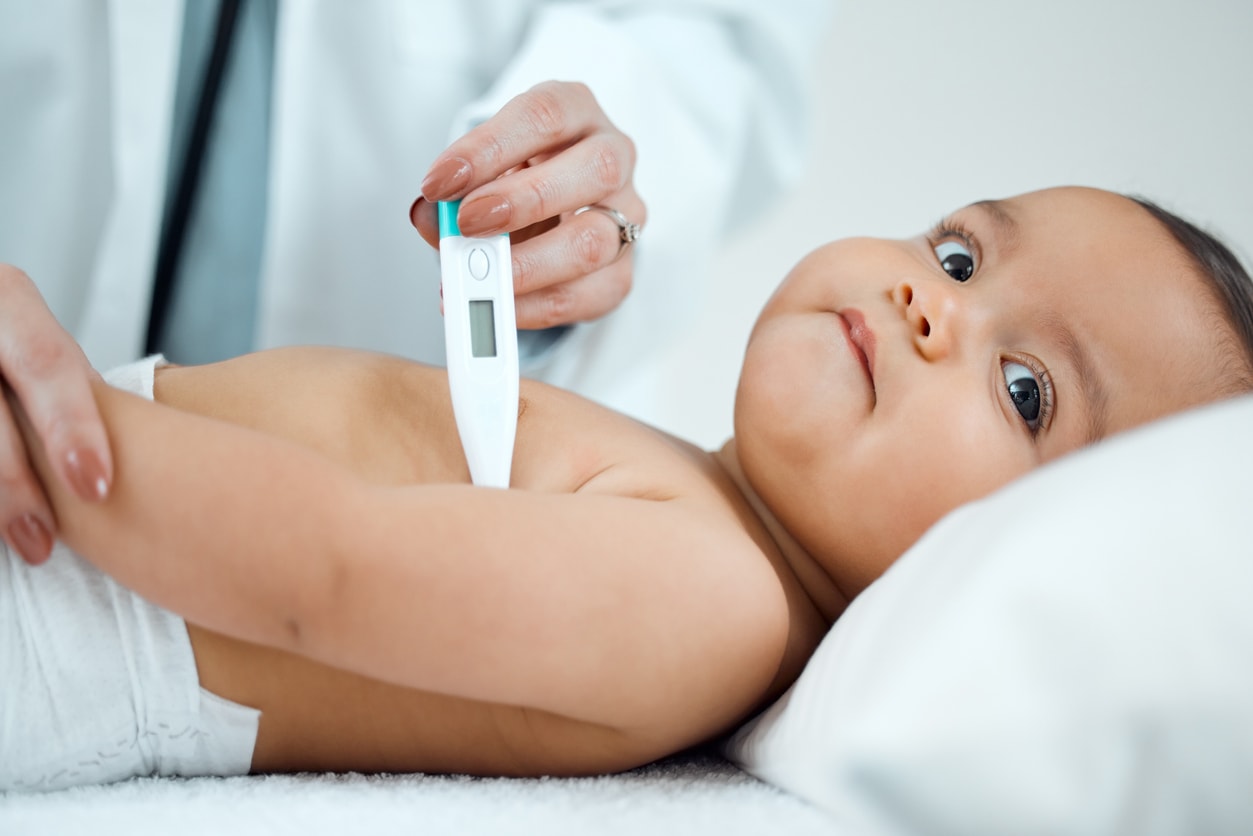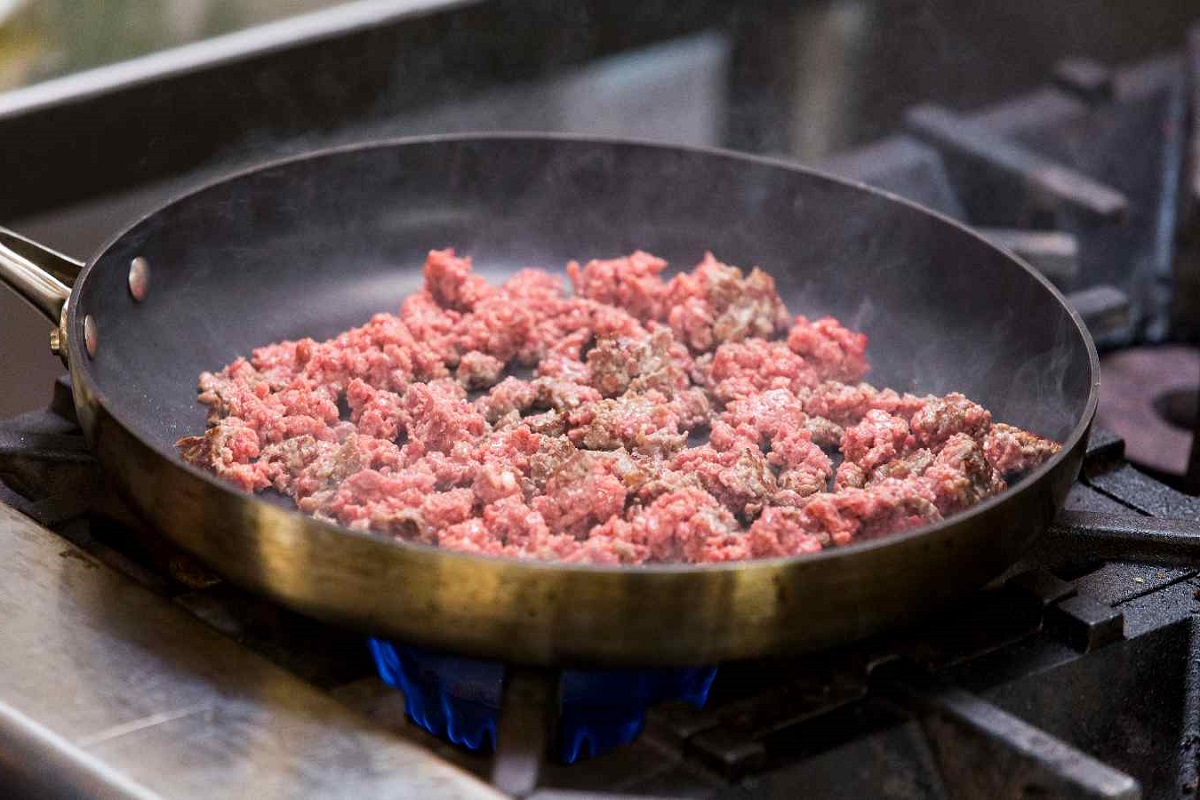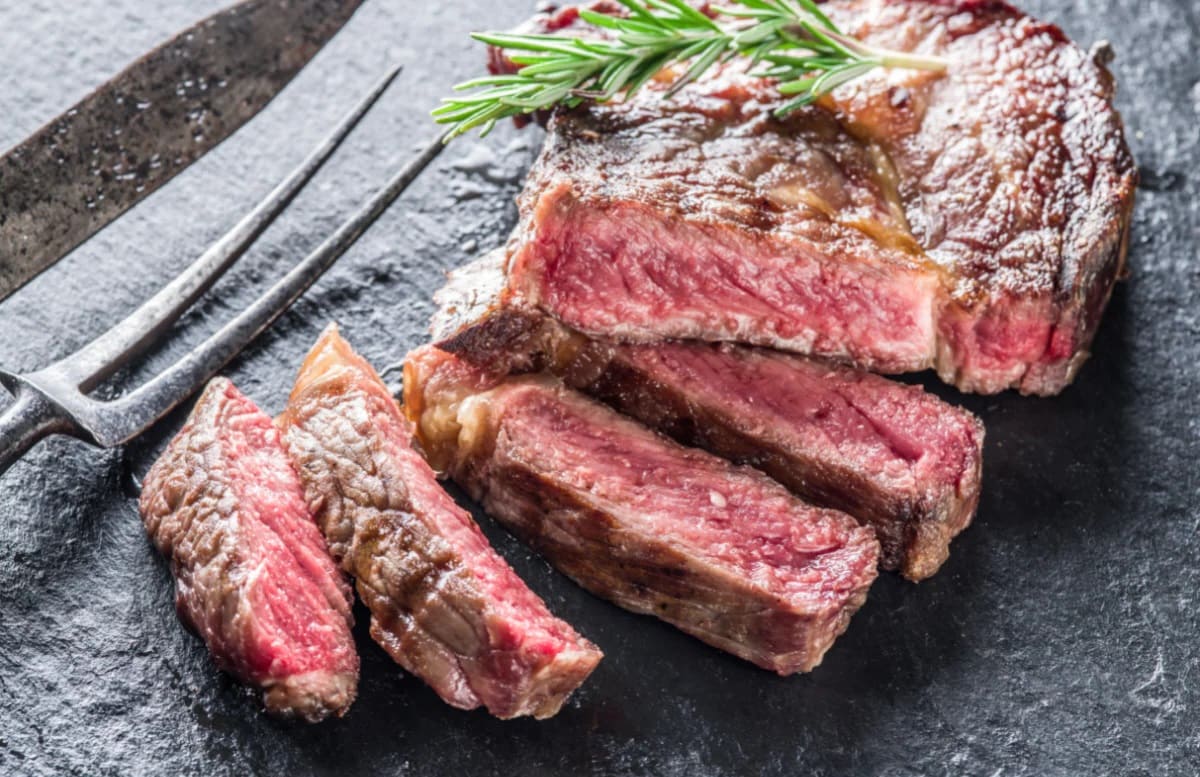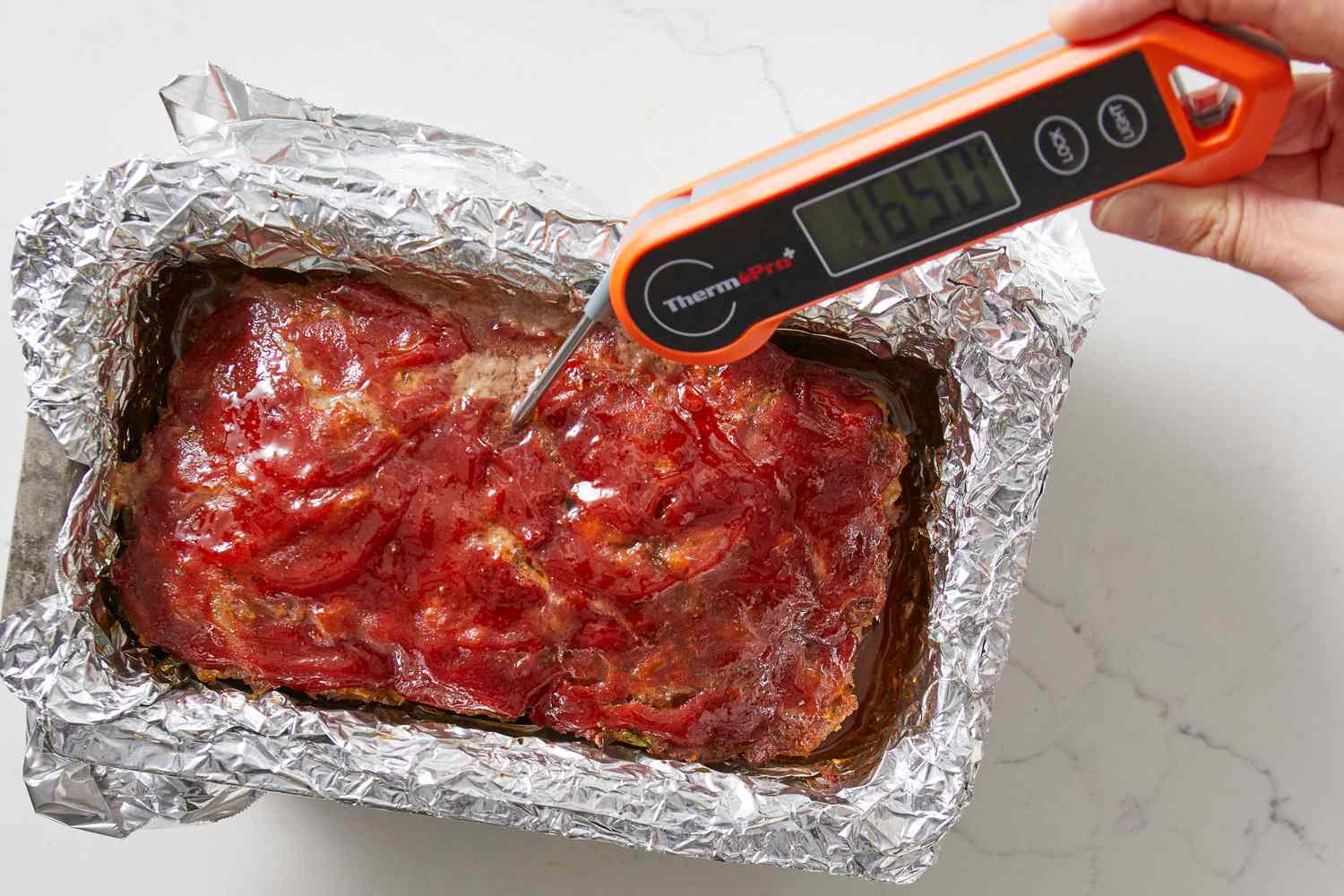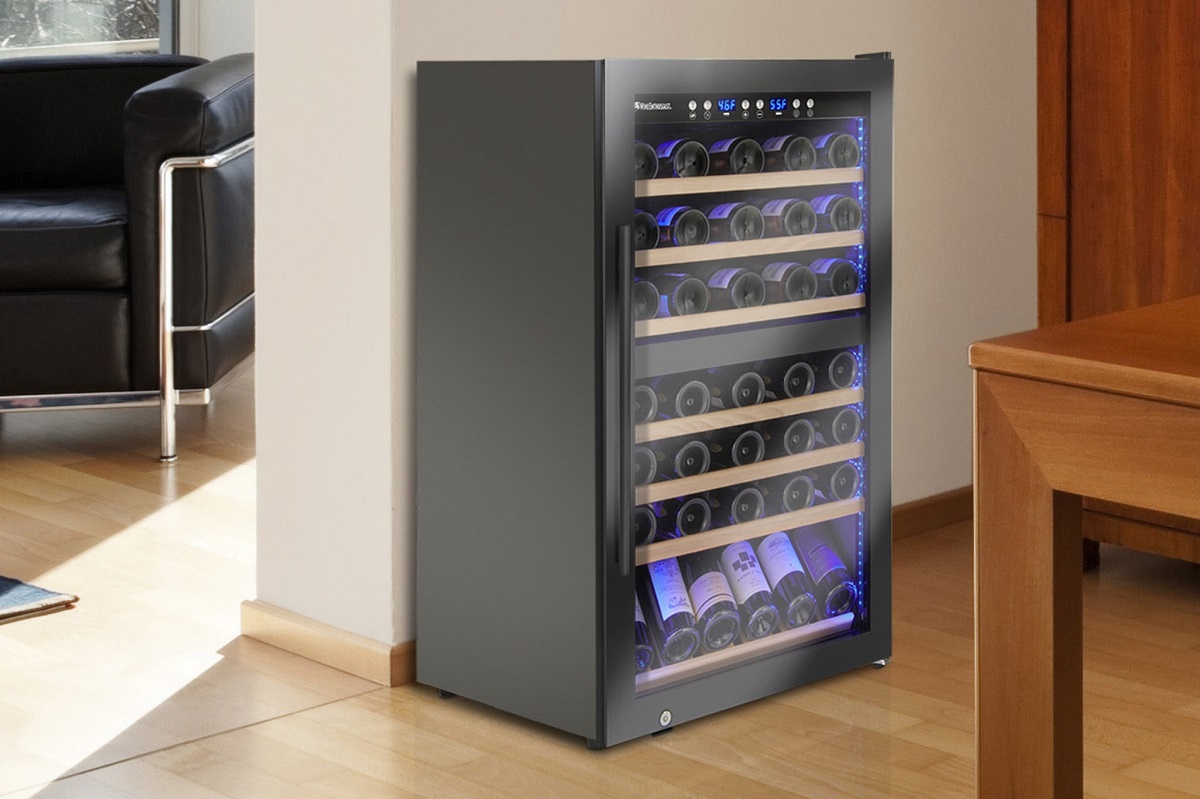Home>Technology & Engineering>Optimal Temperature Ranges For PETG Filament
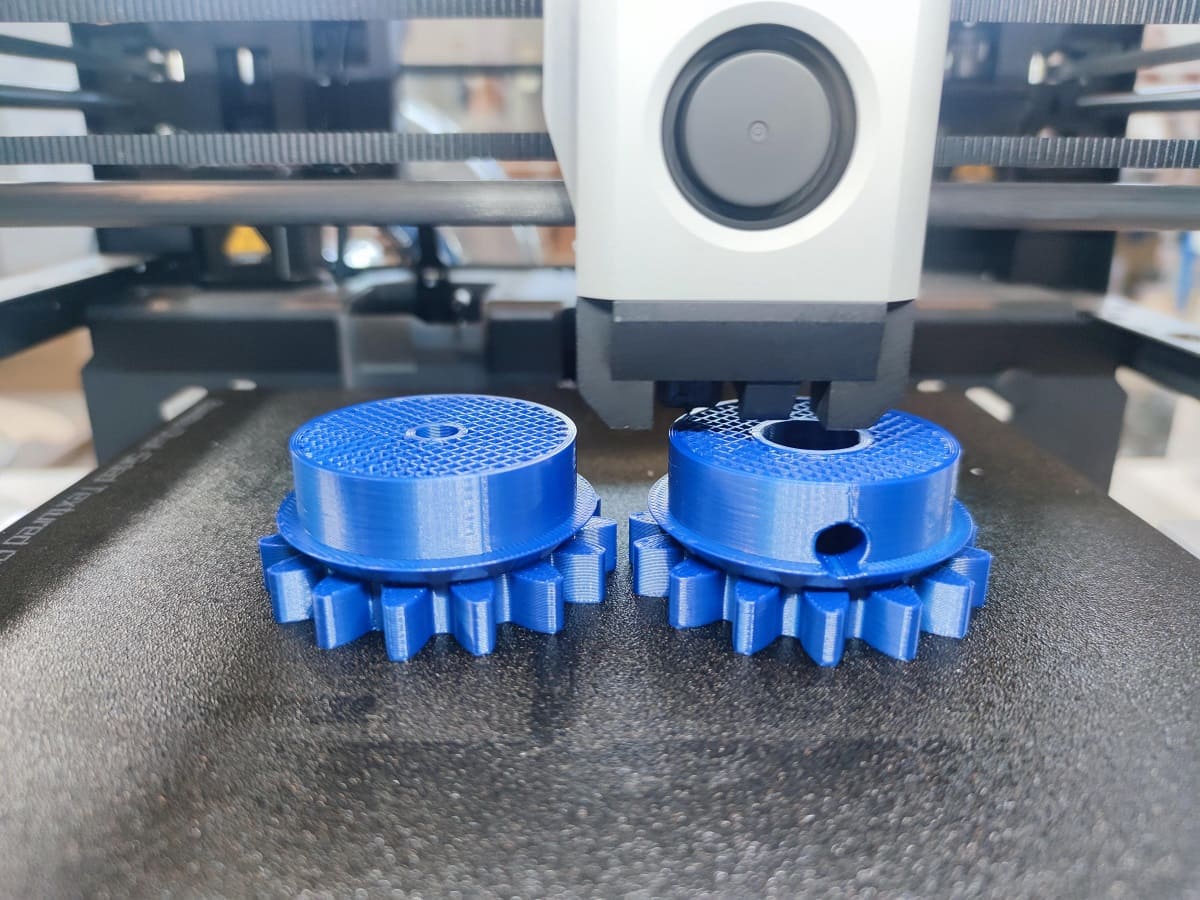

Technology & Engineering
Optimal Temperature Ranges For PETG Filament
Published: February 29, 2024
Discover the optimal temperature ranges for PETG filament in this comprehensive guide. Learn how technology and engineering play a crucial role in achieving the best results.
(Many of the links in this article redirect to a specific reviewed product. Your purchase of these products through affiliate links helps to generate commission for Temperatures.com, at no extra cost. Learn more)
Table of Contents
Introduction
When it comes to 3D printing with PETG filament, achieving optimal temperature ranges is crucial for producing high-quality prints. PETG, short for polyethylene terephthalate glycol-modified, is a popular 3D printing material known for its durability, impact resistance, and ease of use. However, to harness the full potential of PETG filament, understanding and controlling the printing temperature is paramount.
In this comprehensive guide, we will delve into the intricacies of PETG filament and explore the significance of temperature control in the 3D printing process. By examining the factors that influence optimal temperature ranges and providing practical tips for achieving precise temperature settings, this article aims to equip 3D printing enthusiasts with the knowledge and insights needed to elevate their printing endeavors.
Join us as we unravel the science behind PETG filament and embark on a journey to uncover the art of mastering temperature control for impeccable 3D prints.
Understanding PETG Filament
PETG filament, a popular choice in the realm of 3D printing, is revered for its exceptional properties that strike a balance between the ease of use and impressive mechanical strength. Comprising the acronym PETG, which stands for polyethylene terephthalate glycol-modified, this thermoplastic polymer is a derivative of PET (polyethylene terephthalate) and is enhanced with the addition of glycol. This modification imbues PETG with a unique set of characteristics that make it well-suited for a wide range of applications.
One of the defining features of PETG filament is its remarkable durability. Unlike its traditional PET counterpart, PETG exhibits enhanced impact resistance, making it an ideal choice for producing functional parts and prototypes that require robustness. Furthermore, PETG boasts excellent chemical resistance, rendering it suitable for applications where exposure to various chemicals is a concern. This attribute expands the versatility of PETG filament, allowing it to be utilized in diverse industrial and manufacturing settings.
In addition to its mechanical and chemical properties, PETG filament is renowned for its transparency and clarity, making it an attractive option for creating visually appealing prints. This optical clarity, coupled with the material's inherent toughness, positions PETG as a favored choice for crafting display items, enclosures, and artistic pieces that demand both aesthetic appeal and structural integrity.
Moreover, PETG filament is known for its low shrinkage and minimal warping during the printing process, contributing to improved dimensional accuracy and stability in the final printed objects. This characteristic sets PETG apart from other filaments, especially in comparison to ABS (acrylonitrile butadiene styrene), which is prone to warping and requires meticulous temperature control during printing.
Overall, understanding the unique properties of PETG filament is essential for harnessing its full potential in 3D printing. By comprehending the material's mechanical strength, chemical resistance, transparency, and dimensional stability, 3D printing enthusiasts can leverage PETG filament to create durable, visually appealing, and functionally reliable prints that cater to a myriad of applications.
Importance of Temperature Control
Temperature control plays a pivotal role in the 3D printing process, particularly when working with PETG filament. The precise regulation of temperature settings significantly impacts the quality, strength, and overall performance of printed objects. Understanding the importance of temperature control is paramount for achieving consistent and reliable results in 3D printing endeavors.
First and foremost, temperature control directly influences the adhesion and layer bonding of PETG filament during the printing process. Maintaining the optimal temperature range for both the hotend and the heated bed is essential for promoting strong interlayer adhesion, thereby ensuring the structural integrity of the printed object. Inadequate temperature control can lead to poor layer adhesion, resulting in weakened parts that are susceptible to delamination and mechanical failure.
Furthermore, temperature control profoundly affects the material flow and extrusion characteristics of PETG filament. By fine-tuning the printing temperature, 3D printing enthusiasts can modulate the viscosity and flow behavior of the molten PETG material, thereby exerting control over the extrusion process. This level of control is instrumental in achieving precise and consistent extrusion, which directly translates to improved print quality and dimensional accuracy.
Moreover, temperature control is intricately linked to the prevention of common printing issues such as stringing, oozing, and warping. By maintaining the recommended temperature ranges for PETG filament, 3D printing enthusiasts can mitigate the occurrence of these undesirable phenomena, resulting in cleaner, smoother, and more visually appealing prints. Additionally, precise temperature control contributes to minimizing the risk of warping, a common challenge encountered when working with thermoplastics, thereby ensuring the dimensional stability and flatness of the printed objects.
In essence, the importance of temperature control in 3D printing with PETG filament cannot be overstated. By meticulously managing the temperature settings of the hotend and heated bed, enthusiasts can elevate the quality, strength, and dimensional accuracy of their prints while mitigating common printing challenges. This emphasis on temperature control underscores its indispensable role in the pursuit of achieving exceptional 3D printed objects that embody precision, durability, and visual appeal.
Factors Affecting Optimal Temperature Ranges
Several factors influence the optimal temperature ranges for 3D printing with PETG filament, each playing a crucial role in determining the ideal temperature settings for the hotend and heated bed. Understanding these factors is essential for achieving precise temperature control and harnessing the full potential of PETG filament in the 3D printing process.
-
Material Composition: The unique composition of PETG filament, characterized by its glycol modification and inherent toughness, necessitates specific temperature ranges for optimal extrusion and layer adhesion. The molecular structure of PETG dictates its response to temperature variations, making it imperative to adhere to recommended temperature guidelines to ensure the material's flow and bonding properties are optimized.
-
Hotend Design and Material: The design and material composition of the hotend significantly impact the extrusion temperature required for PETG filament. Different hotend designs, such as all-metal or PTFE-lined, exhibit varying thermal conductivities and heat retention capabilities, influencing the temperature at which PETG filament can be effectively melted and extruded.
-
Heated Bed Temperature: The temperature of the heated bed plays a pivotal role in mitigating warping and promoting adhesion during the printing process. PETG filament benefits from a heated bed set to specific temperatures, which vary based on factors such as bed material, adhesion aids, and ambient conditions, all of which contribute to the overall printing environment.
-
Ambient Temperature and Humidity: The ambient temperature and humidity levels in the printing environment can impact the cooling and solidification behavior of PETG filament. Fluctuations in ambient conditions can necessitate adjustments to the hotend and heated bed temperatures to compensate for variations in material flow and adhesion characteristics.
-
Printer Speed and Layer Height: The printing speed and layer height directly influence the dwell time of the extruded PETG material, affecting its exposure to the hotend and heated bed. Adjusting the temperature ranges to accommodate variations in printing speed and layer height is essential for maintaining consistent extrusion and adhesion throughout the printing process.
By considering these factors and their collective influence on the 3D printing process, enthusiasts can fine-tune the temperature settings for the hotend and heated bed to align with the specific requirements of PETG filament, ultimately yielding superior print quality and dimensional accuracy.
Recommended Temperature Ranges for PETG Filament
Achieving the optimal temperature ranges for PETG filament is pivotal in ensuring successful 3D printing outcomes. The recommended temperature settings for the hotend and heated bed are influenced by various factors, including the material composition, hotend design, heated bed temperature, ambient conditions, and printing parameters. By adhering to the following temperature guidelines, 3D printing enthusiasts can harness the full potential of PETG filament and produce high-quality prints with exceptional strength, dimensional accuracy, and visual appeal.
Read more: Optimal Temperature Range For Succulents
Hotend Temperature:
The recommended hotend temperature for PETG filament typically falls within the range of 240°C to 250°C. This temperature range facilitates the effective melting and extrusion of PETG material, ensuring smooth and consistent flow during the printing process. The precise hotend temperature within this range can be fine-tuned based on the specific characteristics of the PETG filament being used, as variations in material composition and brand may exhibit nuanced responses to temperature adjustments.
Heated Bed Temperature:
Maintaining an optimal heated bed temperature is crucial for promoting adhesion and minimizing the risk of warping during the printing process. For PETG filament, a heated bed temperature ranging from 70°C to 80°C is recommended. This elevated bed temperature facilitates strong initial layer adhesion, mitigates the potential for warping, and contributes to the overall dimensional stability of the printed object. Additionally, the use of adhesion aids such as a build surface or adhesive materials can complement the heated bed temperature, further enhancing adhesion and print quality.
Ambient Conditions:
The ambient temperature and humidity levels in the printing environment can influence the overall cooling and solidification behavior of PETG filament. It is essential to consider these ambient conditions when determining the optimal temperature ranges for the hotend and heated bed. In environments with higher ambient temperatures or humidity levels, slight adjustments to the hotend and heated bed temperatures may be necessary to accommodate variations in material flow and adhesion characteristics.
By meticulously adhering to the recommended temperature ranges for PETG filament and considering the interplay of various factors that influence temperature control, 3D printing enthusiasts can optimize the printing process to yield exceptional results. Fine-tuning the hotend and heated bed temperatures in accordance with these guidelines empowers enthusiasts to unlock the full potential of PETG filament, resulting in prints that exhibit superior strength, dimensional accuracy, and surface finish.
Tips for Achieving Optimal Printing Temperatures
Achieving optimal printing temperatures for PETG filament is a nuanced endeavor that demands attention to detail and a methodical approach. To enhance the printing experience and elevate the quality of 3D printed objects, consider the following tips for achieving precise temperature control and maximizing the performance of PETG filament.
-
Calibration and Testing: Prior to embarking on a full-scale print, conduct calibration and test prints to determine the ideal temperature settings for the specific brand and composition of PETG filament being used. This iterative process allows for the fine-tuning of hotend and heated bed temperatures to align with the material's unique characteristics, ensuring optimal extrusion and adhesion.
-
Gradual Temperature Adjustments: When making temperature adjustments, implement gradual changes to the hotend and heated bed temperatures. Incremental adjustments, typically in 5°C increments, enable a systematic approach to identifying the temperature range that yields the best print quality and structural integrity.
-
Hotend Temperature Variation: Experiment with slight variations in hotend temperatures within the recommended range to assess the impact on print quality and material flow. This exploration can reveal nuanced differences in layer adhesion, surface finish, and dimensional accuracy, allowing for the identification of the optimal hotend temperature for the specific PETG filament.
-
Heated Bed Adhesion Enhancement: Enhance heated bed adhesion by utilizing appropriate adhesion aids such as build surfaces, adhesive materials, or specialized bed coatings. These aids complement the heated bed temperature, promoting strong initial layer adhesion and minimizing the risk of warping, especially when printing larger or complex objects.
-
Ambient Environment Control: Maintain a consistent ambient environment by regulating temperature and humidity levels in the printing area. Stable ambient conditions contribute to predictable material cooling and solidification behavior, reducing the need for frequent adjustments to the hotend and heated bed temperatures.
-
Observation and Iteration: Throughout the printing process, observe the extrusion behavior, layer adhesion, and overall print quality. Iteratively adjust the temperature settings based on real-time observations, allowing for on-the-fly optimization to address any deviations in print performance.
By implementing these tips, 3D printing enthusiasts can navigate the intricacies of temperature control with precision and finesse, ultimately achieving optimal printing temperatures for PETG filament. This deliberate approach empowers enthusiasts to unlock the full potential of PETG filament, resulting in prints that exhibit exceptional strength, dimensional accuracy, and surface finish.
Read more: The Optimal Temperature Range For Cats
Conclusion
In conclusion, mastering the optimal temperature ranges for 3D printing with PETG filament is a multifaceted endeavor that intertwines scientific precision with artistic finesse. By delving into the unique properties of PETG filament and understanding the pivotal role of temperature control, 3D printing enthusiasts can elevate their printing endeavors to new heights of excellence.
The journey to achieving optimal temperature ranges for PETG filament encompasses a deep appreciation for the material's mechanical strength, chemical resistance, and transparency. This understanding serves as the foundation for navigating the intricate interplay of factors that influence temperature control, including material composition, hotend design, heated bed temperature, ambient conditions, and printing parameters.
Adhering to the recommended temperature ranges for the hotend and heated bed empowers enthusiasts to harness the full potential of PETG filament, yielding prints that exhibit exceptional strength, dimensional accuracy, and visual appeal. Fine-tuning the temperature settings with meticulous attention to detail and a methodical approach allows for the precise modulation of material flow, adhesion, and cooling behavior, culminating in prints that exemplify the artistry and technical prowess of 3D printing.
Moreover, the journey to achieving optimal printing temperatures for PETG filament is characterized by a spirit of exploration, iteration, and continuous improvement. Calibration, testing, and gradual temperature adjustments form the bedrock of this journey, enabling enthusiasts to unravel the nuanced nuances of temperature control and unlock the material's full potential.
As 3D printing enthusiasts embark on this journey, they are encouraged to embrace the art and science of temperature control, viewing it as a canvas upon which they can craft exceptional prints that transcend the boundaries of traditional manufacturing. By integrating the tips for achieving optimal printing temperatures, enthusiasts can navigate the complexities of temperature control with finesse, ultimately realizing the vision of producing prints that embody precision, durability, and visual allure.
In essence, the pursuit of mastering optimal temperature ranges for PETG filament is a testament to the unwavering dedication of 3D printing enthusiasts to push the boundaries of creativity and technical excellence. Through a harmonious blend of scientific understanding, practical experimentation, and artistic ingenuity, enthusiasts can unlock the full potential of PETG filament, ushering in a new era of 3D printed objects that captivate the imagination and inspire innovation.


